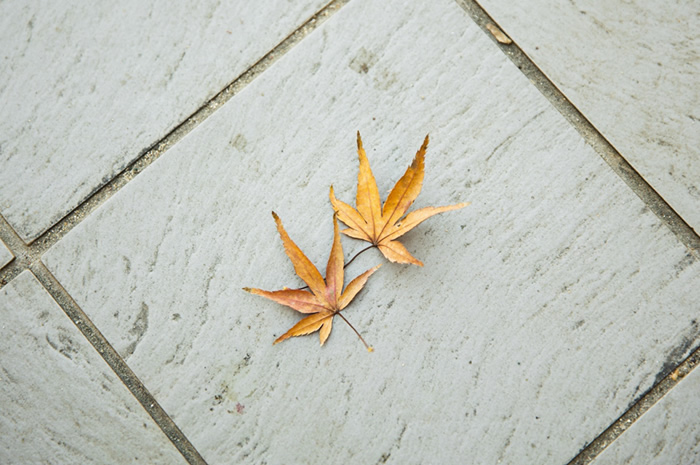Replacing the tile floors in your home can put a dent in your bank account. So, if your tile flooring appears dull or looks like it has seen better days, there are a few things you can do to restore its shine and make it look brand new without spending thousands of dollars. To help you out, we have put together some tile cleaning and restoration tips that are not only cost-effective but will also make your floors last for years to come.
So, how can you give a new life to your tired-looking tile floors? Let’s find out.
Thoroughly Clean the Tiles
The first step for tile restoration is getting rid of any dirt and stains on their surface.

If your tiles look worn out, sweep them with a broom to remove the loose dust particles and debris. Next, mix ¼ cup of white vinegar with a gallon of warm water and use this cleaning solution to mop them. Please do not use a sponge map to wipe the tiles, as it can push dirty water deeper into the grout lines. You can instead use a piece of clean cloth or soft towel for this purpose.
If the tiles have any tough stains, you can clean them using a thick paste of two parts baking soda and one part water. Take an old toothbrush and rub the paste into the stain before wiping the surface with a clean cloth. In addition, please refrain from using metallic or coarse brushes as they can scratch the surface of your tiles, ruining their shine and aesthetic appeal.
You should also not leave your tiles to air dry. Although convenient, the minerals in the water and the residual cleaning products can create a hazy film over the tiles, making them look old and lackluster. Once you have rinsed the flooring, use a clean microfiber cloth to wipe it dry.
Pay Attention to the Grout Lines
Grimy grout lines can even make the cleanest floors look unkempt and dirty. So, once you are done with tile cleaning, make sure to spend a few minutes scrubbing the dirt and debris off the grout. White grout lines demand more frequent cleaning than darker grout lines. However, it would be best to clean them bi-weekly to prevent grime and mold buildup, which can be unpleasant to look at and hazardous to your health.
To clean the grout, apply a mixture of two parts baking soda and one part vinegar on the lines between the tiles. Take an old toothbrush and scrub the porous substance until it looks cleaner. Please note that grout cleaning is one of the most important steps of tile restoration.
For tougher stains, you can use a solution of bleach or mix baking soda with hydrogen peroxide to achieve the desired result. However, be careful while using any harsh chemicals and use protective gear such a rubber gloves and safety goggles.
Seal the Tiles and Grout
Most ceramic and porcelain floors don’t need to be sealed, though you must still seal the grout lines to ensure they look fresh and clean for a long time. You can use any store-bought sealant for complete tile restoration and apply it according to the manufacturer’s instructions.
On the other hand, if you have natural stone tiles in your home, it is important to seal them to protect their surface. Owing to their porous nature, natural stone tiles are more prone to absorbing stains and spills.
On a Final Note
Tile cleaning may require time and effort, but the result is always worth it. Moreover, regular maintenance is the key to grout cleaning and tile restoration. Nonetheless, if you believe these cleaning and restoration tips won’t be enough to restore your tiles, please feel free to contact Grout Magnificent. We can give your tile floors a new life. You can call us at (239) 476-8855.
